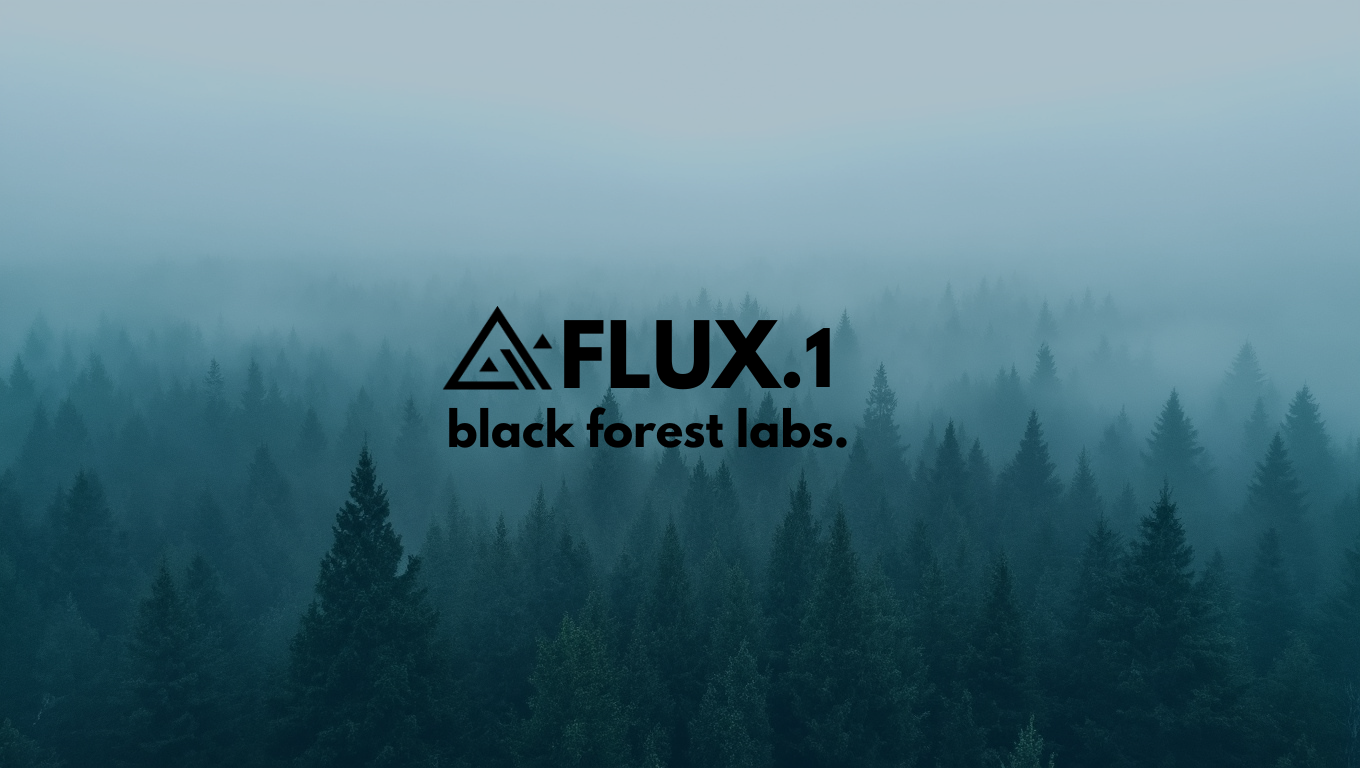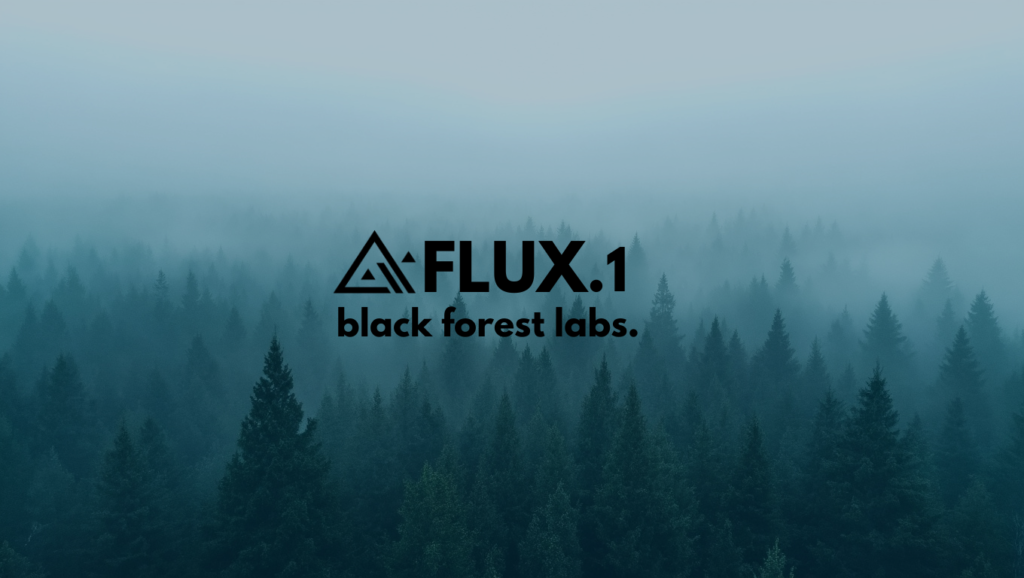For artists and creatives working in the digital world, Midjourney has long been a titan. Launched in 2020, this AI image generator has captivated users with its ability to conjure breathtaking visuals from mere text descriptions. With millions of creations under its figurative belt, Midjourney has undeniably shaped the landscape of AI-powered art.
But the digital art world, much like the artistic spirit itself, thrives on innovation and disruption. Open-source Flux, a new open-source AI image generator from Black Forest Labs, is shaking things up and generating considerable buzz- intensifying the battle between proprietary giants and open-source challengers. In this article, let’s delve into the into What is Flux, the features that make it a compelling alternative to the established Midjourney, and explore why it’s got the creative community abuzz.

Accessibility and Customization
One of Flux’s most significant advantages lies in its open-source nature. Unlike Midjourney’s closed, subscription-based model, Flux allows users to download, run, and customize the model locally. This accessibility and democratization open doors for a wider audience. Hobbyists and smaller businesses, who might not have the budget for expensive subscriptions, can now experiment with AI image generation.
Additionally, developers can tinker with the model’s code, potentially creating specialized versions suited for specific artistic needs. This creates a collaborative environment where the community drives innovation, a stark contrast to Midjourney’s siloed development process. The advantages of open-source software like Flux are evident in its flexibility and adaptability.
Detail and Realness
But accessibility is only a part of the story. What truly excites artists is the potential for superior image quality. Early comparisons suggest that Flux excels in producing highly detailed and photorealistic images, thanks to its use of a latent diffusion model. This technique involves starting with random noise and gradually refining it into a coherent image through a series of denoising steps.
Users report a significant improvement in image fidelity, particularly when dealing with complex prompts that involve human figures. This is likely due to the model’s ability to capture intricate details like facial features, body proportions, and clothing textures. For those in search of the best AI for image generation tool, Flux has the potential of quickly becoming a go-to AI model generator.
Scalability and Performance
Flux boasts a robust architecture with a massive number of parameters that enable it to handle large-scale image generation tasks efficiently. This scalability positions it for a variety of applications, from intricate technical illustrations to high-end creative projects.

Notably, Flux can achieve this without demanding extensive hardware resources- it can operate on various hardware configurations, from powerful GPUs to consumer-grade CPUs. This opens doors for those who don’t have access to high-powered machines, further democratizing AI image generation.
Community and Constant Evolution
Another exciting aspect of Flux is the vibrant community that’s already gathering around it. Open-source development fosters collaboration and allows users to contribute their expertise. This community-driven approach contrasts with Midjourney’s more centralized development model. With collective intelligence, Flux continues to evolve and adapt to user needs, pushing the boundaries of AI technology. It’s a dynamic model, constantly learning and improving, unlike Midjourney’s potentially more static development cycle.
Tailored for All Users
One of Flux’s most user-friendly features is its availability in various versions. The Pro version caters to commercial use, while Dev and Schnell prioritize speed and efficiency. This caters to a wider audience, allowing hobbyists to experiment with the Schnell version while professionals can leverage the Pro version’s full potential. This tiered system stands in stark contrast to Midjourney’s one-size-fits-all subscription model, providing users with more control over their experience.
A Worthy Contender, But the Future Unfurls

Flux’s emergence is undoubtedly shaking things up in the AI image generation scene. Its open-source nature, impressive image quality, scalability, community spirit, and accessibility make it a compelling alternative to the established Midjourney. However, it’s important to remember that Flux is still young. While early results are promising, only time will tell how it continues to develop and compare to the established giant.
One thing is certain: the rivalry between Flux vs Midjourney promises to benefit everyone involved. It will push both models to improve, offering artists ever-more powerful tools to unleash their creativity. As the competition heats up, the possibilities for creating mind-blowing visuals through AI become a reality that’s closer than ever before. So, buckle up, artists, because the future of AI-powered art looks incredibly bright, and with Flux on the scene, the possibilities are truly wide open.






